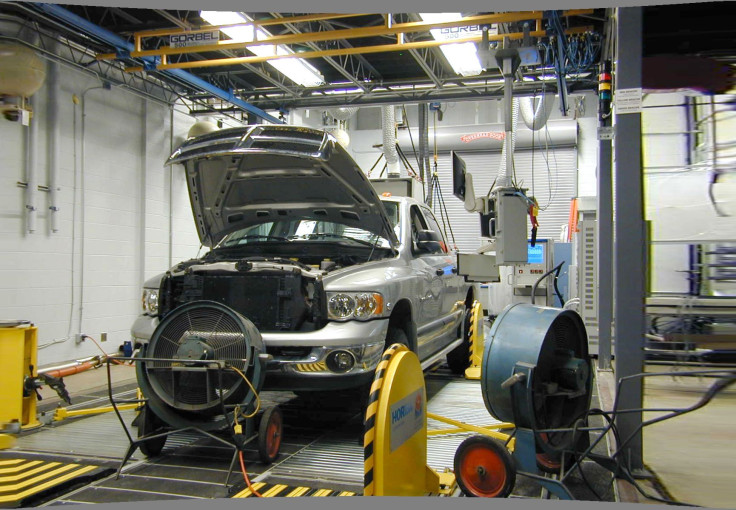Automakers Are Cheating To Meet European Emissions, Fuel Economy Goals: Report

If your car’s fuel economy and emissions information seem too good to be true, it might be because they are, especially in Europe, where stringent emissions and fuel economy standards are forcing automakers to produce greener machines, or cheat tests. A new report concludes that laboratory and other controlled testing has become so prone to manipulation that in many cases the claims are effectively useless.
“The gap between official test results and real-world performance has become a chasm,” said the “Mind the Gap” 2014 report from the European Federation for Transport and Environment (T&E) released last Wednesday. The report cites research from the International Council on Clean Transportation that concludes this gap stands at 31 percent, up from 8 percent in 2001. This means cars pollute much more than companies are claiming, and they often have lower fuel economies than advertised.
In Europe, automakers tweak the cars used in economy and emissions testing, including streamlining wind resistance using tape to cover up gaps between panels, pulling brake pads completely off discs to completely eliminate drag, overinflating special low-resistance tires, disconnecting the alternator to reduce energy consumption, and even using prototypes of cars that are “unrepresentative of production vehicles and have been specially prepared to produce very low test results.”
Not only do fuel economy and emissions misrepresentations lead to higher fuel costs than what consumers expect after they buy cars, it also saves the automotive industry about $8.7 billion, the report concludes. The savings come because, as Volkswagen states, every gram per kilometer of carbon dioxide reduction costs about $124 million in innovation and engineering.
While the study focused on Europe, the world’s third-largest automotive market with the toughest emissions targets, it has implications elsewhere. A recently concluded two-year investigation by the U.S. Justice Department and the Environmental Protection Agency concluded that Hyundai and Kia exaggerated fuel economy claims for 1.2 million cars, leading to a $100 million fine and a forfeiture of about $200 million worth of carbon credits. In June, Ford admitted to overstating fuel economy standards on six of its 2013 and 2014 models, mostly its hybrids, and agreed to pay owners up to $1,050 to compensate them for the misrepresentation.
But unlike in Europe, the EPA adjusts its tests more frequently – most recently in 2008 – to ensure claims made on new-vehicle window stickers are more reflective of real-world driving rather than manufacturer-conducted lab tests. The EPA is now establishing new requirements for all manufacturers, and in anticipation of the move most of them are already complying. In fact, since the 2008 changes, some vehicles sold in the U.S. are giving up better fuel mileage than their advertised rates.
The T&E report points to research from Spiritmonitor, a German tracker of fuel economy, showing the biggest offenders in Europe’s fuel economy and emissions tests to be Mercedes-Benz maker Daimler, BMW and Ford Motor Co. But, it adds, all automakers are taking advantage of Europe’s lax testing protocols to advertise unrealistic fuel economy claims. The Ford Fiesta’s gap between its real-world fuel economy and emissions and what it advertises in Europe is 38 percent, while the VW Golf’s gap is 30 percent, according to the report.
One for the deceptive practices is that some European countries offer financial incentives for buying cars with low emissions ratings. For example, the Renault Megane compact sedan sold in the Netherlands is advertised with an emissions rating of 88 grams of carbon dioxide per kilometer compared to 90g/km in the rest of Europe to avoid a 600-euro ($745) tax.
© Copyright IBTimes 2025. All rights reserved.





















